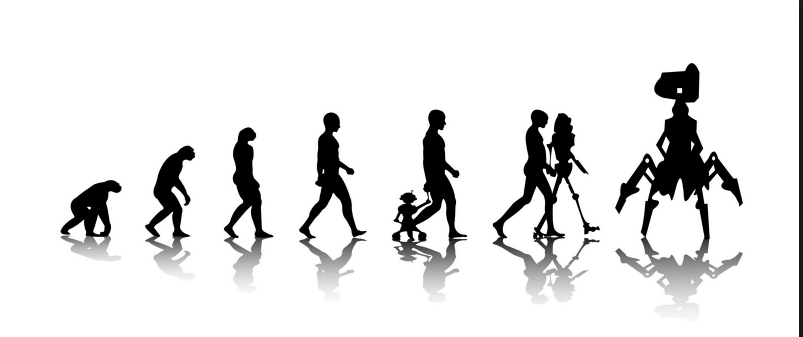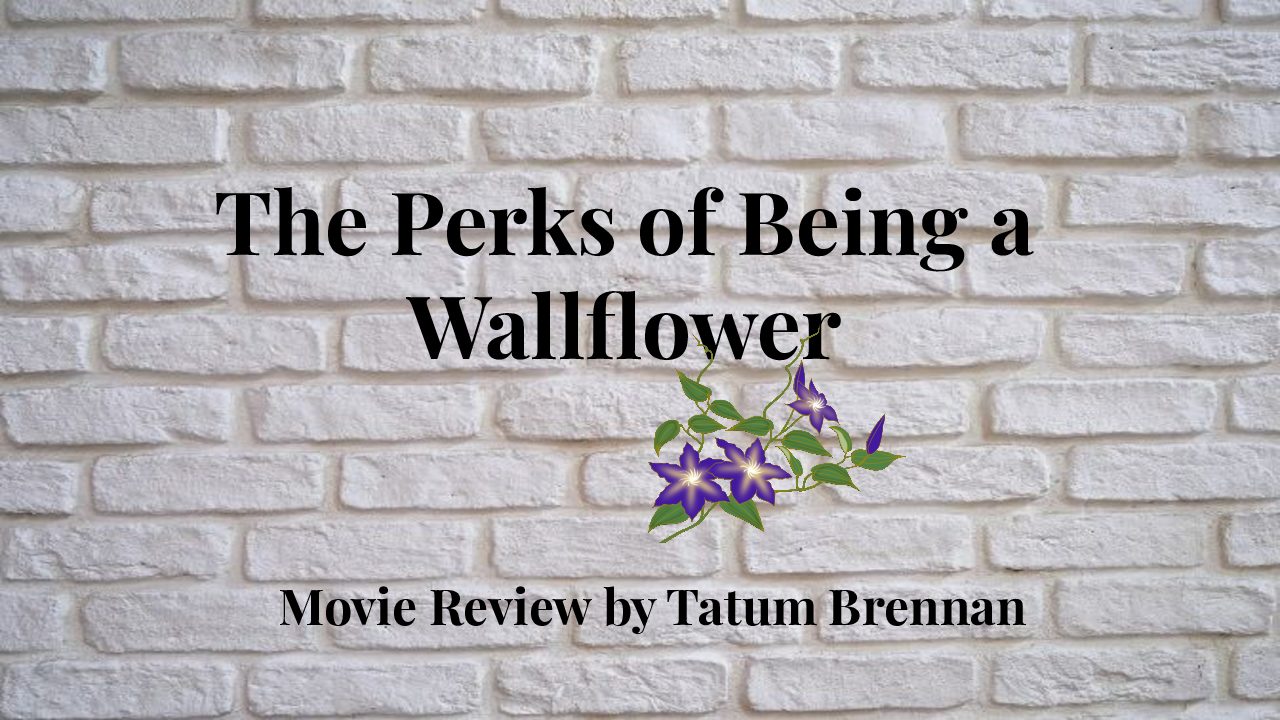Taking on the Techno Teens
February 15, 2018
On Saturday, Jan. 6, 2018, two of the biggest investors on Wall Street, JANA Partners LLC, an activist hedge fund, and CalSTRS, the California State Teachers’ Retirement System, wrote a letter to Apple, voicing concern about the impact of technology on kids. Similarly, faculty at LBHS actively assess how best to use technology in the classroom to enhance, rather than detract from, student learning.
“We believe the long-term health of Apple’s youngest customers and the health of society, our economy and the company itself are inextricably linked,” said JANA Partners and CalSTRS investors in an open letter.
JANA Partners and CalSTRS’ letter urged Apple to continue to develop ways for parents to regulate their children’s phones and social media usage. Some suggestions they made were to limit cell phone use to certain time periods during the day or to allow parents to shut social media off completely each day at desired times.
“We think deeply about how our products are used and the impact they have on users and the people around them. We take this responsibility very seriously, […] and we are committed to meeting and exceeding our customers’ expectations, especially when it comes to protecting kids,” said Apple.
Nowadays, kids are more invested in the world wide web, rather than the reality in front of their faces. Kids create social profiles, which are extensions of themselves, and in some cases, kids prefer their carefully crafted virtual persona over their true selves.
“It could be that they are left out of the social scene of high school and it’s very difficult to carry on friendships in high school these days without texting or being on social media […] It is also possible that those kids are outliers,” said Jean Twenge, a psychology professor at San Diego State University, in a Washington Post Article, Teens who spend less time in front of screens are happier — up to a point, new research shows.
In 2015, Common Sense Media conducted a study on technology use, finding that more than half of teenagers spend four or more hours looking at some type of screen, while a quarter of teenagers will spend more than eight hours a day. In 2016, another survey was conducted, which resulted in some teenagers even confessing that they feel they are addicted to their technology.
“I think the inability to separate from technology potentially has many detrimental effects — some of those being that we tend to see increasing levels of depressive and anxiety related symptoms in children, teens and adults. However, it is still unclear if this is a direct correlation to technology alone or a combination of things,” said LBHS Student Support Specialist, Alex Aronson.
Almost all students have been reprimanded for using their phones in class; it’s a common occurrence in a technology friendly school setting. Despite consequences and teachers’ warnings, students still continue to repeat the same behaviors.
“I think students get sucked into their phones and ignore the learning when they feel disengaged — when they feel what’s being taught is irrelevant or uninteresting. For me as a teacher, I see it more as a challenge than an insult. I try to teach in a way that the students will forget about their phones,” said Shen. “I do, however, think it’s disrespectful for students to give their phones more attention than their teacher when the teacher is directly addressing students.”
A new mobile product, the Light Phone, poses a possible solution to get away from one’s obsession with technology. This credit card sized cell phone only receives and sends calls, making it the perfect product for those looking to get away from the pressures of technology. However, the majority of students, given the choice between a smartphone and the Light Phone, would loyally stick with their smartphone devices.
“Having a phone that just sends and receives calls defeats the purpose of smartphones, because I never text or call people. I just use Snapchat,” said sophomore Ethan Zappin.
Teens are beginning to lose opportunities to experience authentic interactions with real-life people. Because of this, more and more teens are experiencing social anxiety and social awkwardness due to their lack of practice.
“The happiest teens, according to the study, are those who are above average in face-to-face social interaction time and below average in social media use,” said Tara Bahrampour, a reporter for the Washington Post.
A lot of teens recognize the addictiveness of technology but seemingly don’t care or are not phased by the consequences of being a user. In order for teens to be healthy, and emotionally stable, they should begin with being aware of their technology use throughout the day, either on their own or even by buy an app, ex: Moment, to track exactly how much data one uses each day.
“Be more mindful of your phone usage. When you’re with family, put it down or in another room. Re-engage in social connection with others,” said Aronson.







